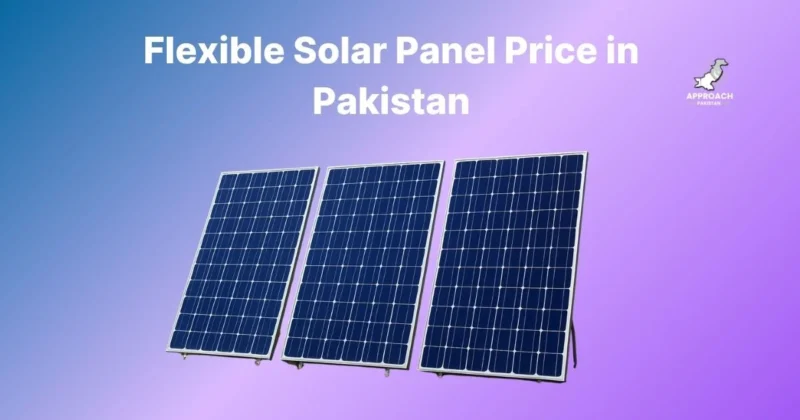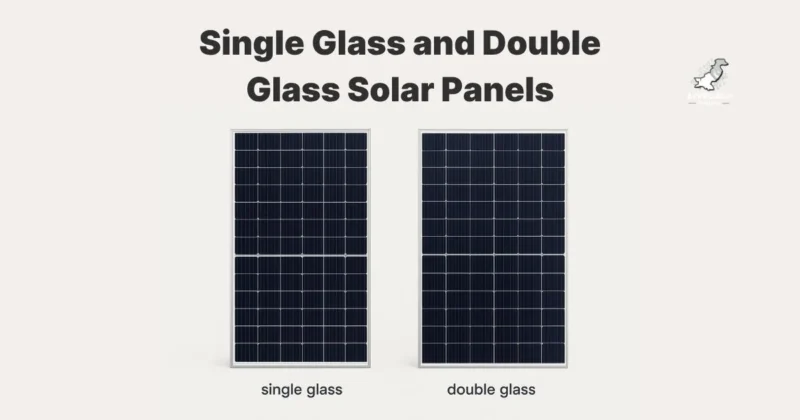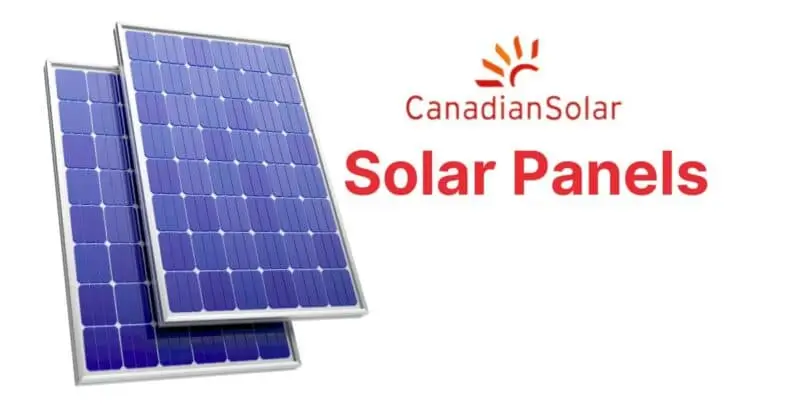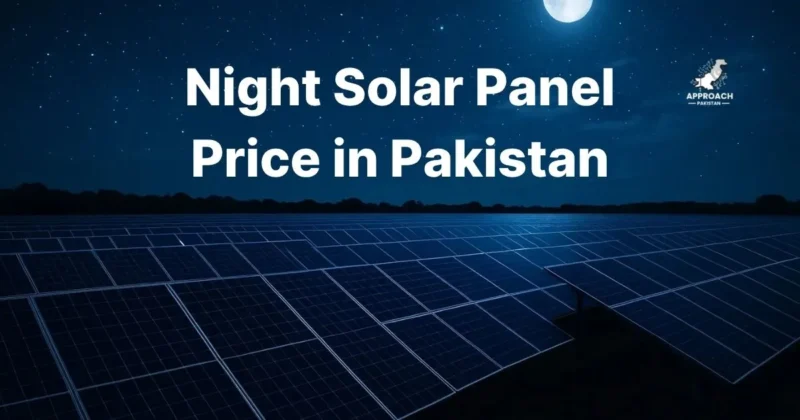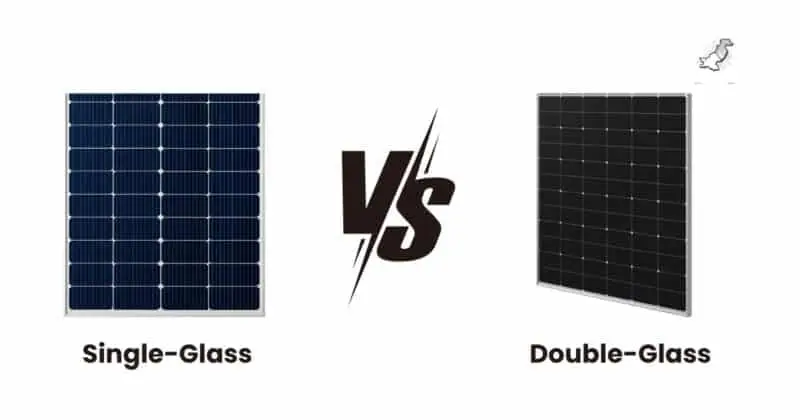Bifacial Solar Panel Price in Pakistan 2025 | Cost & Guide
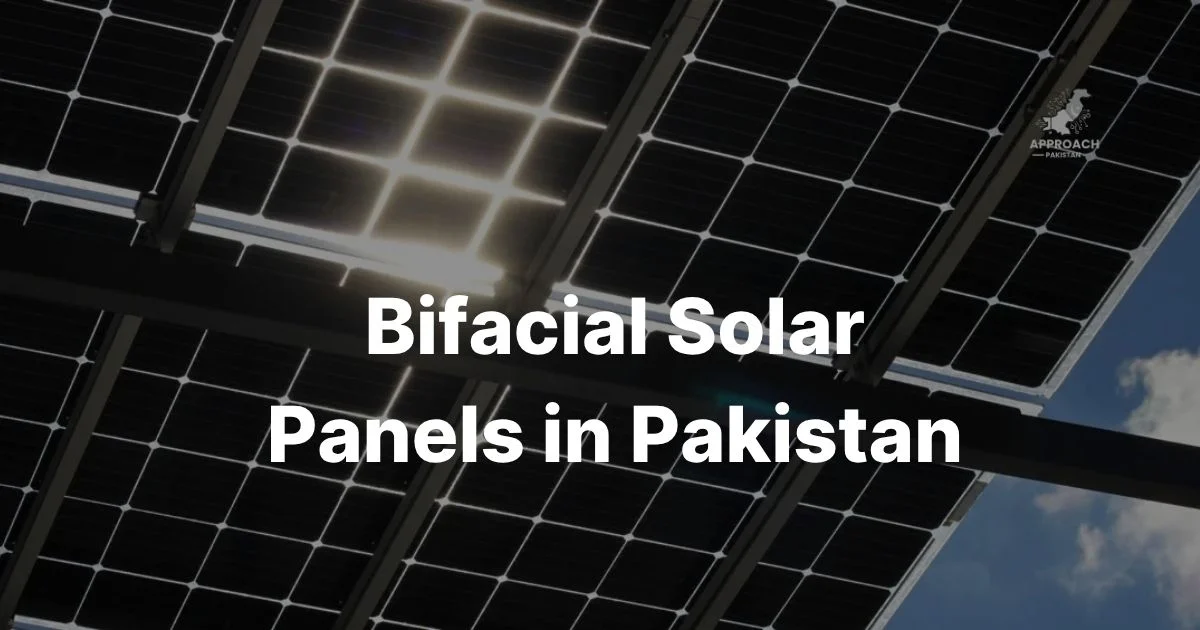
As solar power gains momentum in Pakistan, innovative technologies like bifacial solar panels are changing the game. Unlike traditional setups, these efficient solar panels capture sunlight on both sides, boosting energy generation significantly. I’ve seen firsthand how their working principles—absorbing reflected light from the ground—enhance output, especially in high-albedo areas. Beyond just clean electricity, their benefits include better performance factors like durability and adaptability to different applications, from rooftops to large-scale farms. While their cost-effectiveness is still debated, the long-term viability in Pakistan’s sunny climate makes them a strong contender in the renewable energy shift.
Quick Picks for Bifacial Solar Panels in Pakistan
If you’re considering bifacial solar panels in Pakistan, opt for high-efficiency models like LONGi or Jinko—they perform exceptionally under the country’s sun-rich conditions. From my experience, dual-sided panels work best when installed on elevated structures, maximizing energy yield by capturing reflected sunlight from the ground. For budget-friendly options, Trina Solar offers reliable performance, while Canadian Solar is ideal for those prioritizing durability in harsh weather. Always pair them with a single-axis tracker to boost output by 20-30%.
How Double-Sided Solar Panels Work
How Double-Sided Solar Panels Work
Unlike traditional solar panels that only use their front side, bifacial solar panels are advanced photovoltaic modules that capture sunlight on both sides – the front and back surfaces. Through my work with solar installations, I’ve seen how their transparent front side lets light pass through while the rear sideabsorbs reflected rays, helping convert sunlight to electricity more effectively. This smart design can increaseoverall efficiency by 10-30% compared to standard panels, making them ideal for Pakistan’s high-sun conditions where maximizing energy generation matters most.
The Smart Technology Behind Double-Sided Solar Panels
Bifacial solar panels work differently than regular ones by leveraging their unique ability to collect sunlight from multiple angles and sources. When sunlight strikes the front side, the photovoltaic cells absorb and convert it into electrical energy like conventional panels. But here’s the clever part – simultaneously, the rear side captures reflected light bouncing off the ground, nearby structures, and surrounding surfaces. This additional light absorbed by the backside further contributes to the panel‘s overall power output – I’ve measured gains of 15-25% in Pakistan’s sandy areas where ground reflection is strong.
Advantages of Bifacial Solar Panels in Pakistan
- Superior Energy Generation
Bifacial panels dominate traditional panels by generating 15-30% more electricity, thanks to their dual-side ability to capture light. This increased energy production enhances overall system efficiency – critical for Pakistan’s energy needs. - All-Weather Performance
They thrive in Pakistan’s diverse environments, from sandy regions to cloudy areas, by utilizing reflected light – even under diffuse light conditions. Their high albedo compatibility makes them suitable for challenging locations. - Space-Optimized Solutions
With efficient use of available space and 360° capturing sunlight, these panels deliver higher power density and flexibility in system design, proving ideal for installations with limited land availability.
Bifacial Solar Panels in Pakistan: Performance and Pricing Guide
Bifacial panels are transforming Pakistan’s solar energy sector by generating 10-30% more electricity than traditional panels, thanks to their dual-sided ability to capture light. These panels perform exceptionally well in sandy regions, where reflected light boosts their increased energy production, making them ideal for installations with limited land availability.
Price Range of Bifacial Solar Panels in Pakistan:
- Budget Options (Rs. 22,800 – Rs. 35,000)
- Jinko Solar 250W Poly – Rs. 31,500 (Good for small homes)
- Basic efficiency models (Entry-level systems)
- Mid-Range (Rs. 35,840 – Rs. 45,000)
- Canadian Solar 360W Poly PERC – Rs. 35,840 (Balanced performance & cost)
- SunEdison Silvantis – Rs. 41,500 (Strong warranty coverage)
- Premium Models (Rs. 50,000 – Rs. 66,000)
- Trina Solar 485W Bifacial – Rs. 65,000 (Highest efficiency, best for businesses)
- Maximum recorded price: Rs. 66,000 (High-end commercial use)
Average Market Price: ~Rs. 56,583 (varies by brand, wattage, and warranty).
Key Buying Considerations:
✔ Power Output (Higher watts = More electricity)
✔ Warranty (Look for 25+ years performance guarantee)
✔ Brand Reputation (Stick with proven names like Canadian Solar, Trina, Jinko)
These panels offer long-term benefits, including lower electricity bills and higher efficiency, making them a smart investment despite the higher upfront cost. Always compare suppliers before purchasing!
Optimizing Bifacial Solar Panel Performance in Pakistan
Bifacial solar panels offer superior energy generation compared to traditional panels, but their performance depends on several key factors. In Pakistan’s climate, proper installation and maintenance are crucial to maximize their dual-sided energy capture. Here are the most important considerations for getting the best results from bifacial panels:
Key Performance Factors
- Installation Angle & Orientation
- The tilt angle must be optimized for Pakistan’s latitude (typically 25-30°)
- Orientation should face true south for maximum sun exposure
- Requires adjustment for seasonal variations in sun position
2. Ground Surface Reflectivity
- Albedo (reflectivity) of the ground surface significantly boosts performance
- Best surfaces:
- Light-colored concrete (+25-30% refletivity)
- White membranes or painted surfaces
- Sand/gravel (15-20% reflectivity)
- Avoid dark asphalt or bare soil
3. Shadow Management
- Even small shadows cast on either side can reduce output by 15-20%
- Requires careful shading analysis before installation
- Maintain proper spacing between rows (minimum 1.5x panel height)n
4. Maintenance Requirements
- Clean both sides monthly (dust reduces efficiency by 5-8% per week)
- Check mounting structure stability after monsoon seasons
- Monitor performance to detect any issues early
For optimal results, work with installers experienced in bifacial systems who understand these unique requirements. The extra effort pays off – properly configured bifacial systems in Pakistan typically produce 20-25% more energy than conventional panels.
Applications of Bifacial Solar Panels in Pakistan:
- Commercial/Industrial Installations
- Used on building facades and rooftops
- Reduce energy consumption by up to 40%
- Ideal for factories, warehouses and office buildings
- Utility-Scale Solar Farms
- Deployed in large-scale projects (50MW+)
- Generate 15-25% higher yields than traditional panels
- Particularly effective in Pakistan’s sunny regions
- Residential Rooftop Systems
- Help homeowners reduce electricity bills
- Generate 20-30% more power than conventional panels
- Suitable for both urban and rural areas
Key Advantages
- Dual-sided design captures reflected sunlight
- Reduce grid dependency by 30-50%
- Perform well in Pakistan’s climate conditions
- Flexible installation options (ground-mounted or rooftop)
Performance Notes
✔ Industrial users see fastest ROI (2-3 years)
✔ Maintain efficiency better in high temperatures
✔ Require proper spacing for optimal performance
Why Bifacial Solar Panels Are Pakistan’s Bright Future
Bifacial solar panels offer a promising solution to increase Pakistan’s solar efficiency and power output, thanks to their unique ability to capture sunlight from both sides. From industrial parks to residential rooftops, I’ve seen firsthand how they deliver enhanced energy generation and improved performance across Pakistan’s varied conditions, while requiring optimized land usage—a game-changer in our space-constrained cities. Though their cost-effectiveness must be evaluated against factors like installation costs and available incentives, these panels are already playing a significant role in driving Pakistan’s energy transition. As the country embraces renewable energy, bifacial technology stands out as a practical step toward a sustainable future, combining higher yields with smarter space use—exactly what our energy-hungry nation needs.

